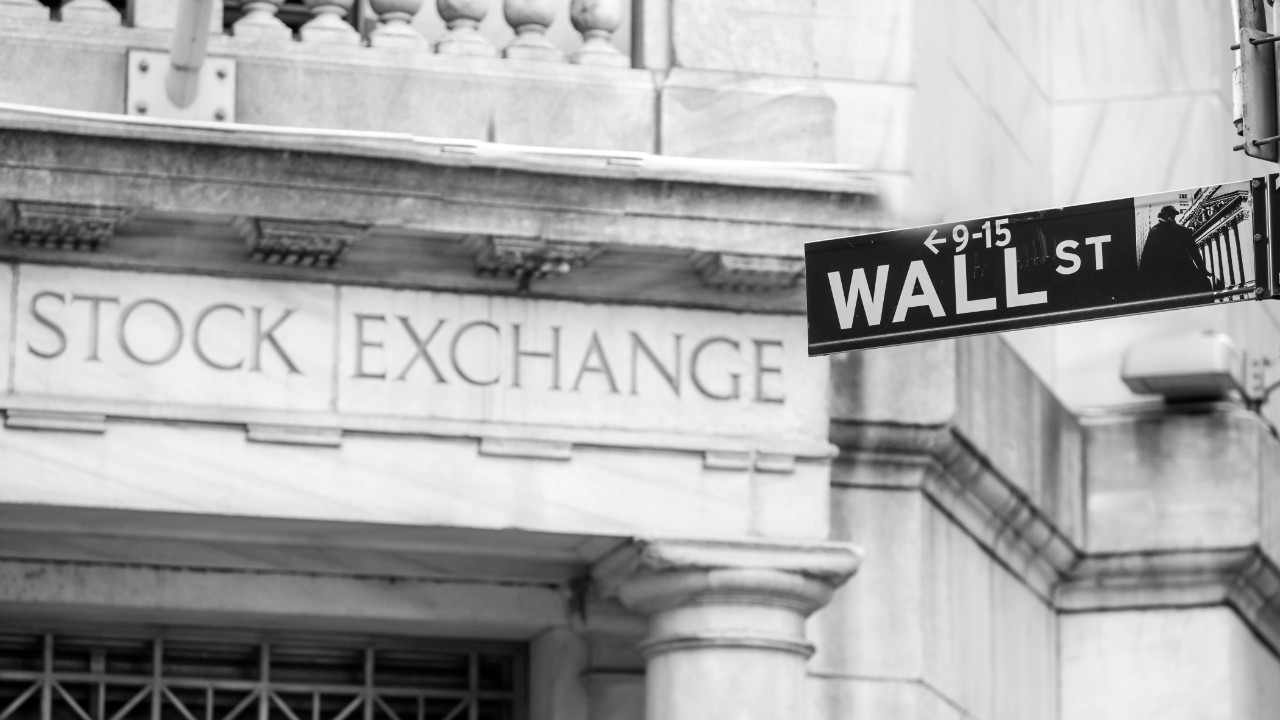Finding Warren Buffett & a Cool Head in a Crisis
Published 24 April 2020
By Dr Peter J Phillips, Associate Professor (Finance & Banking) University of Southern Queensland


Wall Street
When I was a young economics student, two things started me thinking more about finance. One was the chance discovery of the movie, Wall Street, by Oliver Stone starring Michael Douglas in his Academy Awarding winning role as Gordon Gekko and Charlie Sheen as the young and ambitious Bud Fox. This was a movie I had never seen, despite it having been released about fifteen years before. Who could not be taken in by the portrayal of the great 1980s bull market and the fast-paced scenes where the trading floor of the firm where Bud Fox works shimmers with the electric excitement of a trading day in full swing only to be followed by an exhausted lull as the market nears its close?
The Making of an American Capitalist
Another chance discovery was more important, though. This was the discovery of Roger Lowenstein’s biography of Warren Buffett, The Making of an American Capitalist. It is the tale of a folksy Midwesterner emerging from the middle of nowhere, Omaha Nebraska, to become one of the richest people in the world and, in many estimates, the world’s greatest investor. When the first edition appeared in 1995, Buffett had been investing for almost half a century and had built an enormous fortune, a sterling reputation and a conglomerate to rival the biggest ever assembled: Berkshire Hathaway.
While Buffett originally followed the strategy favoured by his friend and mentor, Benjamin Graham, he soon developed his own style. Where Graham favoured ‘value investing’ and defined value rather strictly as situations where a company’s liquid assets were worth more than the market value of the whole firm, Buffett was more willing to see value in intangible assets such as brands, management and market position.
As the managing partner of an investment partnership, Buffett created substantial wealth for investors before winding up the operation in the 1970s. He kept just one investment: his stake in Berkshire Hathaway, at that time an aging textile operation. Buffett subsequently steered the meagre cash flows generated by the last gasps of the textile business into investments in insurance companies, among other things. Gradually, Buffett’s Berkshire snowball grew. He invested in newspapers, a furniture business, a chocolate business and many well-known companies, including Coca Cola. But it was Buffett’s earlier investment (while he was still running his investment partnership) in American Express that caught my attention.
Remaining calm in a crisis
In 1963, American Express was swept up in what became known as the ‘salad oil scandal’. A company in New Jersey was using its inventory of salad oil as collateral for loans. However, the barrels contained mostly sea water, not salad oil. When this became known, investors went running for cover (and restitution) and American Express faced liabilities in the tens of millions of dollars. The company’s stock price fell by half.
In the midst of the panic, Warren Buffett realised that American Express customers seemed unbothered by the scandal. People were still accepting American Express cards and cheques. And while the company’s share price had fallen in half, the company had reached a deal to settle for a relatively modest sum (about $30 million). Buffett purchased a stake in the company and helped to push the company’s shareholders to agree to the settlement. Once the matter was resolved, the company recovered value and, of course, went on to become one of the biggest financial services firms in the world. Buffett’s calm in a crisis is more relevant than ever, especially in periods of extreme volatility such as those experienced during the global financial crisis and the coronavirus crisis.
Discussion Question
With reference to the share valuation models (see chapters 6 and 7), why do you think that share prices are so volatile when they should be determined by the present value of future dividends?
Further Reading
For those interested in researching this topic further, see Financial Institutions, Instruments and Markets 9e chapters 6 and 7, which present an overview of the factors that shape the valuation of shares and the behaviour of investors.
